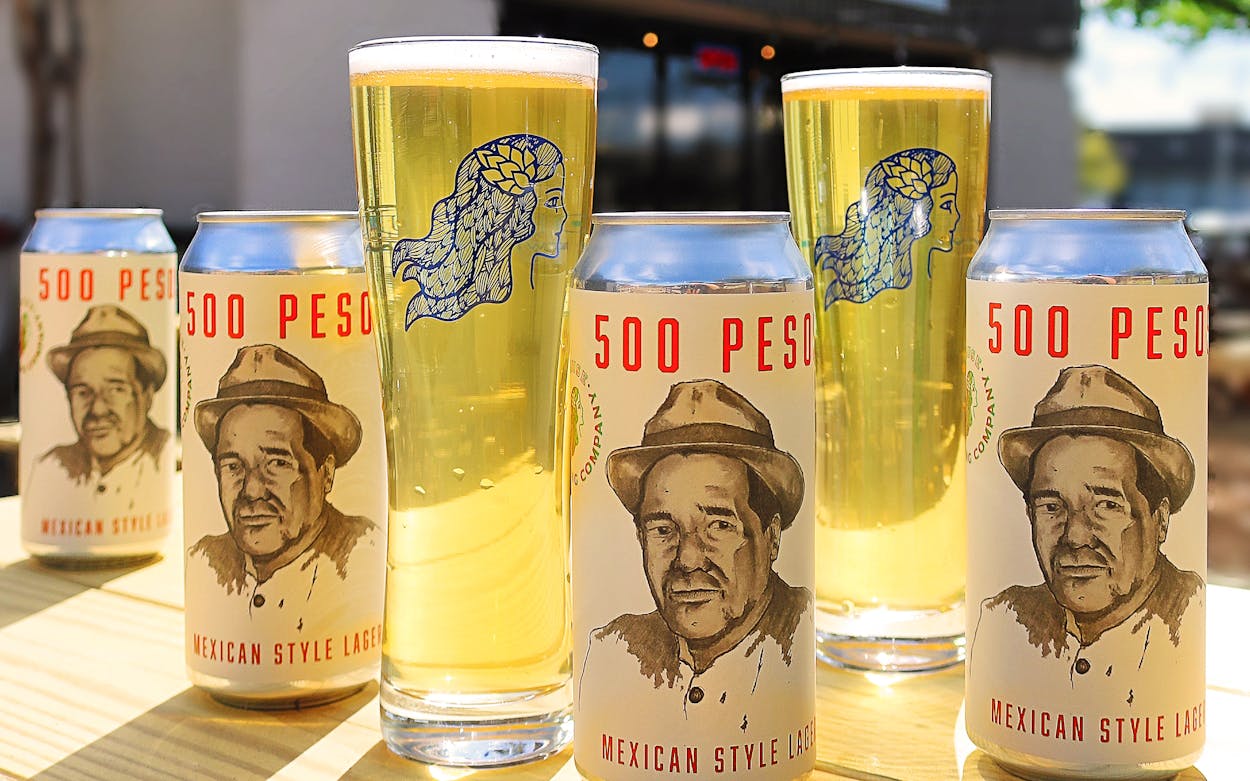Discover Premium Galveston Whiskey: Top Picks and Distilleries
Discover Premium Galveston Whiskey: Top Picks and Distilleries
Blog Article
Grasping the Craft of Purification: a Deep Dive Into Distillery Traditions
Exploring the detailed art of distillation reveals a world steeped in classic customs that have formed the spirits we delight in today. From the ancient beginnings of distillation methods to the contemporary development of distillery equipment, each action in the process carries with it an abundant tapestry of history and expertise. As we dig into the delicate balance of modern versus traditional distilling methods and discover the relevance of key components, a deeper understanding arises of the profound effect distillery customs carry the spirits we relish.
Origins of Purification Strategies
The development of purification techniques has a rich background that traces back to ancient people. The idea of dividing components based on their various boiling factors laid the structure for the sophisticated purification procedures we have today.
The earliest proof of distillation dates back to around 3000 BC in Mesopotamia, where clay pots were made use of to distill fragrances and aromatic oils. The Egyptians better progressed these methods, making use of purification for medical functions and embalming techniques. The Greeks, notably figures like Aristotle and Hippocrates, added to the academic understanding of purification.
Gradually, distillation infect regions like India, China, and the Center East, each culture adding its special touch to the craft. The evolution of distillation strategies proceeded via the Middle Ages and the Renaissance, at some point bring about the diverse variety of purification processes employed in modern distilleries worldwide.
Advancement of Distillery Tools

With developments in modern technology and a deeper understanding of the purification procedure, contemporary distilleries now use a variety of sophisticated devices to create spirits of the best quality. Today, purification devices consists of column stills, reflux stills, and crossbreed stills, each created to provide to details purification requirements. These modern-day stills use better temperature level guideline, raised distillation precision, and higher effectiveness in separating alcohol from pollutants.
In enhancement to stills, distilleries currently make use of innovative condensers, fermenters, and filtration systems to further improve the distillate. The development of distillery devices proceeds to play a crucial duty fit the diverse series of spirits offered out there today.
Traditional Vs. Modern Distilling Practices
Conversely, modern-day distilling techniques take advantage of innovative technology and advancement to improve manufacturing processes and improve uniformity. Automated systems, computerized controls, and state-of-the-art devices make it possible for contemporary distilleries to create spirits extra effectively and with higher precision.
While standard distilling techniques are cherished for their heritage and the special tastes they create, modern-day approaches use benefits in regards to scalability, top quality control, and sustainability. By incorporating scientific developments and contemporary engineering, distillers can optimize manufacturing, reduce waste, and meet the needs these days's market a lot more successfully. Eventually, the option in between modern and typical distilling methods frequently depends upon the distillery's goals, values, and target audience.
Secret Ingredients in Distillation Refine
Within the craft of purification, the selection of vital active ingredients plays an important duty in establishing the flavor account and high quality of the spirits created. The primary ingredients utilized in the distillation procedure are typically water, yeast, and a fermentable source such as grains, fruits, or sugarcane.
Water is an essential component as it not only dilutes the alcohol material to a tasty degree yet also impacts the general mouthfeel and texture of the spirit. The top quality and mineral content of the water used can substantially affect the end product.
Yeast is an additional important active ingredient that converts the sugars present in the fermentable source right into alcohol via the process of fermentation. Various pressures of yeast can produce differing fragrances and flavors, adding to the unique characteristics of the spirit.

Impact of Distillery Traditions on Spirits
The influence of longstanding distillery customs on spirits prolongs past the selection of key ingredients, forming the extremely essence and character of the final distilled products (Breweries in Galveston Texas). These traditions, gave via generations, play an essential function in defining the unique preference accounts and qualities that differentiate one spirit from another
Distillery traditions incorporate a large range of techniques, from the certain methods made use of in distillation to the choice of aging procedures utilized. The use of conventional copper pot stills in bourbon production is believed to pass on particular tastes and attributes that are highly valued by aficionados. Likewise, the aging of spirits in oak barrels, a technique deeply rooted in distilling traditions, contributes to the growth of intricate scents and flavors with time.
:max_bytes(150000):strip_icc()/LQR_Edit-JapaneseBeers_Facebook-1200x628-2e333b912b254fe1bb2fe9c5987dc1cd.jpg)
Final Thought
From the beginnings of purification strategies to the modern methods, the impact of distillery customs on spirits is undeniable. Distillery practices play a vital duty in shaping the spirits industry and protecting the heritage of purification techniques.
Throughout the history of distillation, here the tools utilized in distilleries has actually gone through considerable evolution to boost performance and top quality of the purification process.With improvements in modern technology and a deeper understanding of the purification procedure, contemporary distilleries now utilize a selection of sophisticated devices to generate spirits of the greatest quality. Today, distillation tools consists of column stills, reflux stills, and crossbreed stills, each designed to cater to certain purification needs. From the beginnings of purification strategies to the modern-day methods, the impact of distillery practices on spirits is undeniable. Distillery customs play an essential function in forming the spirits industry and protecting the heritage of distillation methods.
Report this page